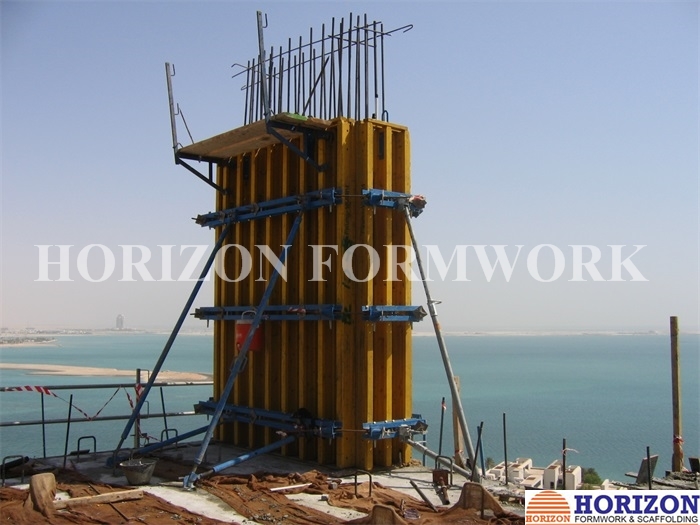Nov . 18, 2024 23:51 Back to list
china circular wall formwork
The Evolution and Advantages of Circular Wall Formwork in China
Circular wall formwork has emerged as a popular choice in the construction industry, particularly in China, where architectural innovation and efficiency are of paramount importance. This unique formwork system is designed to create circular structures, which are often seen in modern architectural designs. Over the years, the technology and methodology surrounding circular wall formwork have significantly advanced, leading to various benefits that cater to the demands of contemporary construction projects.
Historical Perspective
Historically, circular constructions were primarily seen in traditional architectures, such as pagodas and ancient fortifications, where circular shapes were favored for their aesthetic and structural advantages. However, with the evolution of construction technology and materials, the demand for complex geometrical structures has surged, paving the way for the development of specialized formwork systems.
In the last two decades, China has experienced unprecedented urban growth, leading to a surge in innovative architectural designs that often include circular features. This presented a challenge for builders who needed to create strong, durable structures quickly and efficiently. Thus, circular wall formwork systems began gaining traction, allowing for faster construction times, reduced labor costs, and improved safety on job sites.
Design and Functionality
Circular wall formwork is primarily constructed from materials such as steel, aluminum, or engineered wood, designed to withstand the pressures of concrete and maintain shape during the curing process. The formwork system is composed of modular components that can be adjusted to accommodate various diameters and heights, making it adaptable for different construction projects.
One of the most significant advantages of circular wall formwork is its ability to create smooth, even surface finishes, which reduces the need for additional treatments or finishing techniques post-construction. The circular design is not only visually appealing but also enhances the structural integrity of buildings, distributing loads evenly and minimizing stress concentrations.
china circular wall formwork

Economic Benefits
The use of circular wall formwork translates directly into economic benefits for construction projects. Traditional formwork systems require meticulous labor and extended timelines, which can inflate project costs. In contrast, circular wall formwork is designed for efficiency. Its modular nature allows for rapid setup and dismantling, significantly reducing labor hours and labor costs.
Moreover, the durability of the formwork materials ensures a longer lifespan and multiple uses across various projects. This reduces waste and enhances sustainability in the construction industry. As companies become increasingly aware of environmental impacts, circular wall formwork provides an eco-friendlier option by optimizing material use and reducing the carbon footprint associated with traditional construction practices.
Applications in Modern Construction
In modern construction, circular wall formwork is utilized in numerous applications, including tunnels, water treatment plants, silos, and circular buildings such as auditoriums and sports complexes. Its flexibility allows architects to push the boundaries of design while ensuring safety and structural integrity. Notably, projects like the Beijing Daxing International Airport and various high-rise residential complexes have embraced circular construction elements, showcasing the versatility and functionality of this formwork type.
Conclusion
As China continues to advance in terms of architectural innovation and sustainable practices, the use of circular wall formwork is expected to grow. Its ability to streamline construction processes, reduce costs, and enhance aesthetic appeal makes it a formidable choice in the competitive construction landscape. As builders and architects strive to meet the ever-evolving demands of urban development, circular wall formwork stands out as a promising solution, allowing for the realization of bold and creative visions that define modern Chinese architecture.
-
High-Quality U Head Jack Scaffolding – Reliable Scaffolding Jack Head Manufacturer & Factory
NewsJul.08,2025
-
High-Quality I Beam H20 Leading Timber Beam H20 Material Factory, Exporters & Manufacturers
NewsJul.08,2025
-
High-Quality Powder Coating Steel Formwork - Durable & Corrosion Resistant Solutions
NewsJul.07,2025
-
Inclined Column Formwork Supplier – Durable & Precise Solutions for Unique Structures
NewsJul.07,2025
-
High-Quality Water Stop Solutions Trusted Water Stop Company & Suppliers
NewsJul.07,2025
-
High-Quality Formwork Material Supplier Reliable Manufacturer & Factory Solutions
NewsJul.06,2025